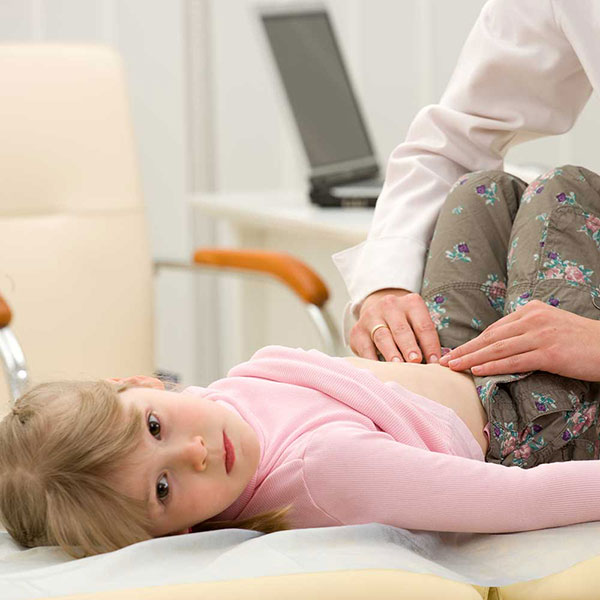Bladder Infection (Urinary Tract Infection—UTI) in Children
View or Print All Sections
Definition & Facts
A bladder infection is a common type of urinary tract infection most often caused by bacteria that enter the bladder and multiply. If untreated, a bladder infection can spread to your child’s kidneys and develop into a more serious infection.

Symptoms & Causes
Bladder infection symptoms can be very different in children than in adults, especially for infants and children younger than age 2 years. Bladder infections are most often caused by bacteria.
Diagnosis
Health care professionals use a medical history, physical exam, and lab tests to diagnose bladder infections in children. Health care professionals may also order imaging tests.
Treatment
If your child has a bladder infection caused by bacteria, your child’s health care professional will prescribe antibiotics. You can help speed up your child’s recovery and ease symptoms by offering more liquids. You may help your child prevent bladder infections by encouraging good habits to keep the urinary tract healthy.
Eating, Diet, & Nutrition
Researchers don’t think that diet can help prevent or treat most bladder infections in children. However, eating high-fiber foods to prevent constipation may help prevent some bladder infections in children.
Clinical Trials
NIDDK conducts and supports clinical trials in many diseases and conditions, including urologic diseases. The trials look to find new ways to prevent, detect, or treat disease and improve quality of life.
Related Conditions & Diseases
Related Diagnostic Tests
The Urinary Tract & How It Works
The urinary tract is the body’s drainage system for removing urine, which is composed of waste and extra fluid. For normal urination to occur, all body parts in the urinary tract need to work together in the correct order.
This content is provided as a service of the National Institute of Diabetes and Digestive and Kidney Diseases
(NIDDK), part of the National Institutes of Health. NIDDK translates and disseminates research findings to increase knowledge and understanding about health and disease among patients, health professionals, and the public. Content produced by NIDDK is carefully reviewed by NIDDK scientists and other experts.
NIDDK would like to thank:
Doug Storm, M.D., Children’s Wisconsin

